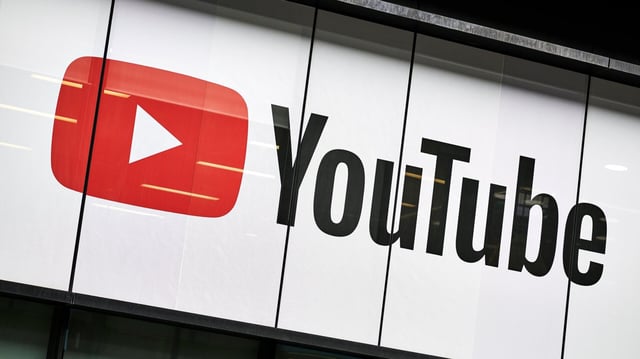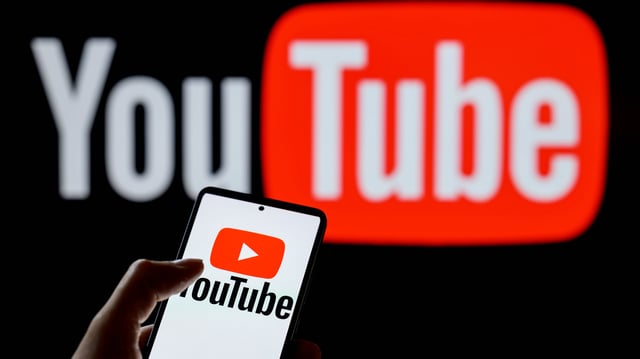Overview
- Rene Ritchie of Team YouTube said select Shorts are being processed with traditional machine learning to unblur, denoise, and boost clarity, not generative AI or upscaling.
- Creators including Rhett Shull and Rick Beato posted side‑by‑side comparisons showing smoother skin, sharper fabric details, and occasional ear or edge warping on YouTube versus other platforms.
- Reports trace user complaints to June, with BBC, Ars Technica, Gizmodo, and others documenting the alterations as media scrutiny intensified in late August.
- Affected creators argue unannounced edits undermine authenticity and audience trust, and they are calling for the feature to be optional with clear labeling.
- YouTube likens the processing to modern smartphone enhancements and says it is gathering feedback, but it has not announced creator controls or an opt‑out.



